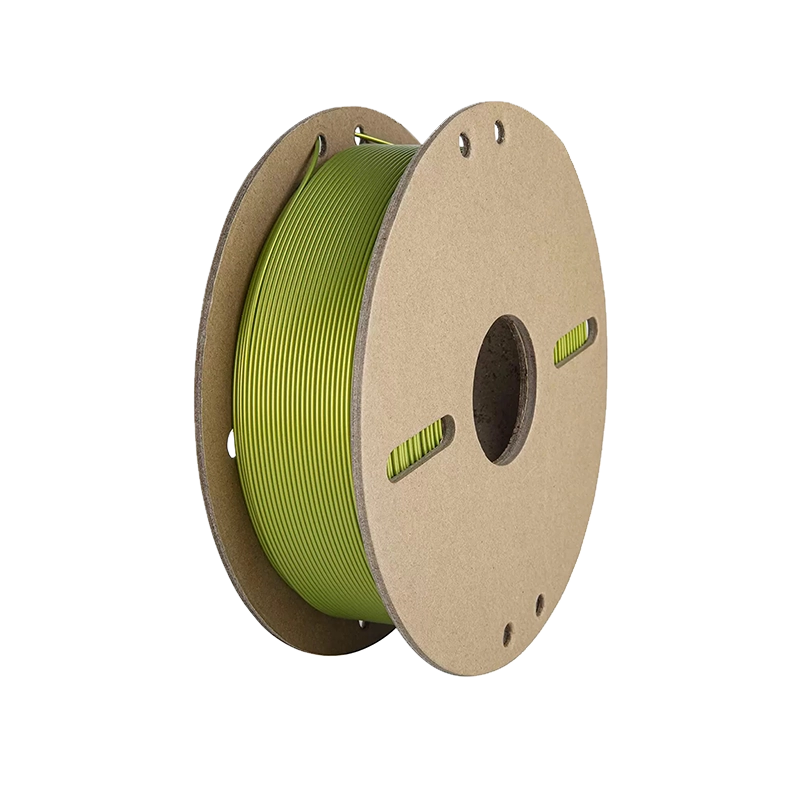Discover the future of 3D printing with TINMORRY, your one-stop destination for high-quality 3D printer supplies. Whether you’re a hobbyist, professional, or industrial expert, we provide top-notch materials that redefine possibilities in additive manufacturing.
PLA Filaments
PLA 3D filament
PLA 3D filament is a versatile and eco-friendly material loved by 3D printing enthusiasts worldwide. Known for its ease of use and excellent print quality, PLA is a reliable alternative for various creative and functional applications. Whether you’re crafting intricate prototypes, vibrant decorations, or everyday essentials, PLA 3D filament delivers consistent results with a smooth finish.
What Makes PLA Filament Special?
PLA 3D filament stands out as an environmentally friendly option made from renewable resources like cornstarch and sugarcane. Its low printing temperature and minimal warping make it perfect for beginners and professionals alike. With its wide range of colours and finishes, this filament 3D printing material is ideal for aesthetic projects requiring precision and detail.
Properties of PLA Filament
PLA filament is easy to print, requiring low extrusion temperatures, and is compatible with most filament 3D printing machines, making it beginner-friendly. It is eco-friendly, made from plant-based, biodegradable materials, and offers minimal warping due to its excellent layer adhesion and dimensional stability. PLA provides a smooth surface finish, producing vibrant and polished prints that are ideal for decorative and functional projects. Additionally, it is widely compatible with most desktop 3D printing devices, offering versatility for various applications.
Applications of PLA Filament
- Prototyping: Perfect for creating detailed and precise models for testing and showcasing.
- Decorative Items: Ideal for crafting ornaments, sculptures, and artistic pieces.
- Customised Gifts: Design personalised gifts with intricate details and smooth finishes.
- Educational Tools: Great for school projects, learning models, and hands-on demonstrations.
Optimal Printing Settings
For optimal results with PLA filament, set the nozzle temperature between 190°C and 220°C. Although PLA typically doesn’t require a heated bed, setting the bed temperature between 50°C and 60°C can enhance adhesion. Using the cooling fan after the first layer will help improve print quality and reduce stringing. Additionally, it is important to store PLA filament in a dry, sealed container to prevent moisture absorption, which may affect print quality.
Why PLA Filament?
PLA 3D filament combines sustainability, ease of use, and outstanding print quality, making it a favourite among 3D printing enthusiasts. Whether you’re a beginner or a seasoned professional, this is the best PLA filament for your creative and functional needs. Buy the best PLA filament today and bring your 3D printing ideas to life!
FAQs
1. What makes PLA filament environmentally friendly?
PLA is made from renewable plant-based materials and is biodegradable, making it an eco-conscious choice for filament 3D printing.
2. Why should I choose 1.75mm PLA filament for my 3D printer?
The 1.75mm PLA filament is widely supported and offers a consistent extrusion rate, making it ideal for a range of PLA 3D filament projects.
3. Can PLA filament be used for functional items?
While ideal for decorative and lightweight functional items, it’s not recommended for high-stress applications compared to PLA 3D filament alternatives like PETG.
4. What printers are compatible with PLA filament?
PLA works with most filament 3D printing devices, including popular brands like Creality, Prusa, and Anycubic.
5. What is the difference between PLA 1.75 filament and other types?
PLA 1.75 filament is commonly used in 3D printing and works seamlessly with most 3D printers, providing a smooth finish and high precision.
PLA-Regular
$6.00Per quantity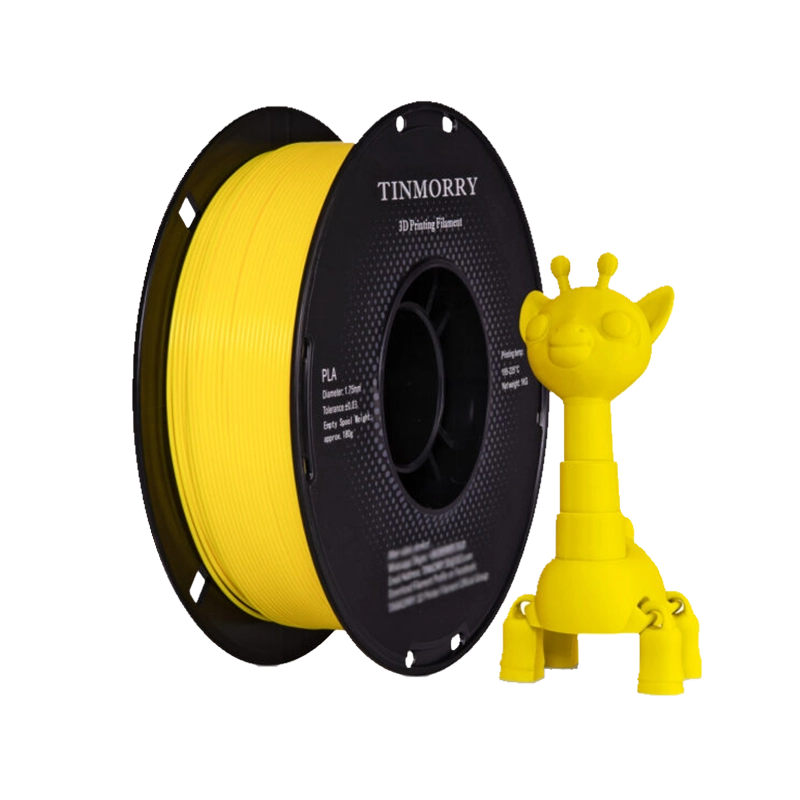
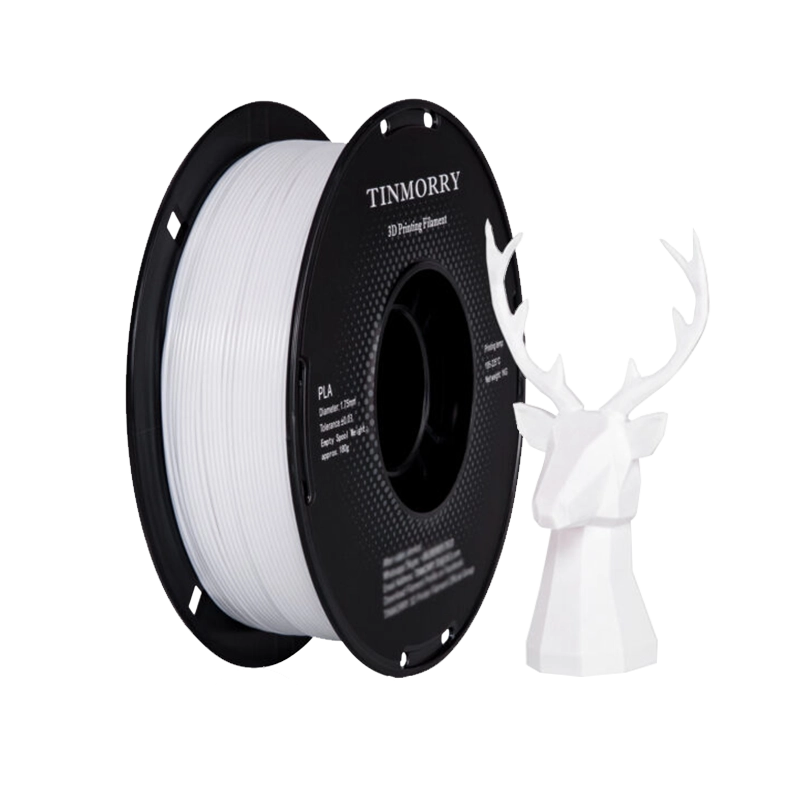
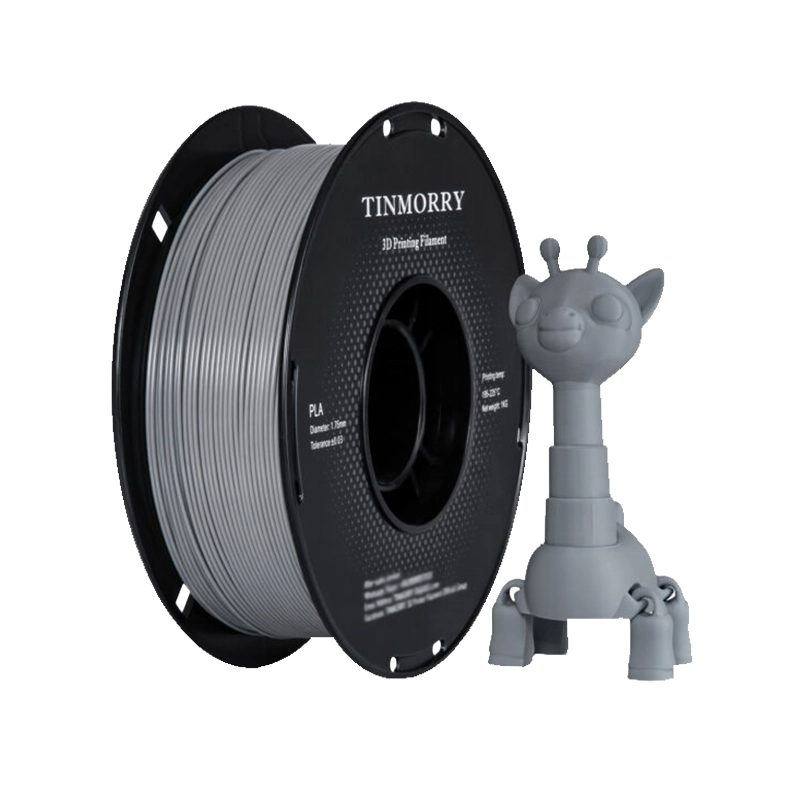
PLA-Regular
$6.00Per quantityTINMORRY’s PLA filament is a high-quality, eco-friendly choice for 3D printing enthusiasts and professionals alike. Designed for ease of use and consistent performance, TINMORRY’s PLA 3D filament is made from renewable resources, ensuring minimal environmental impact while delivering outstanding print results. When you choose PLA 1.75 filament, you’re opting for precision, reliability, and compatibility with a wide range of 3D printers.
For more information related to product and prices, please Click Here.



PLA-Matte
$6.80Per quantity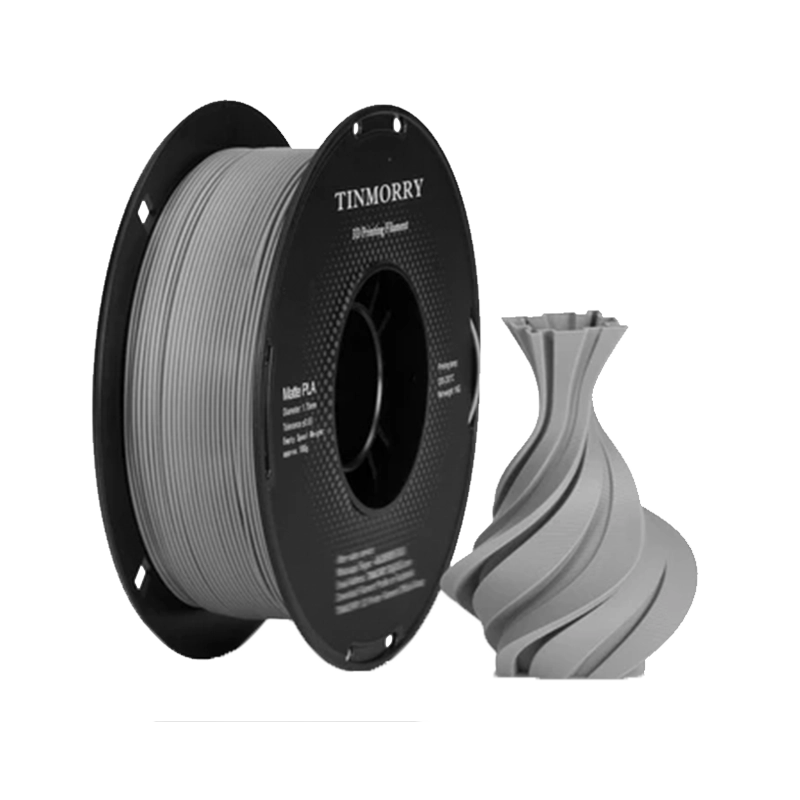
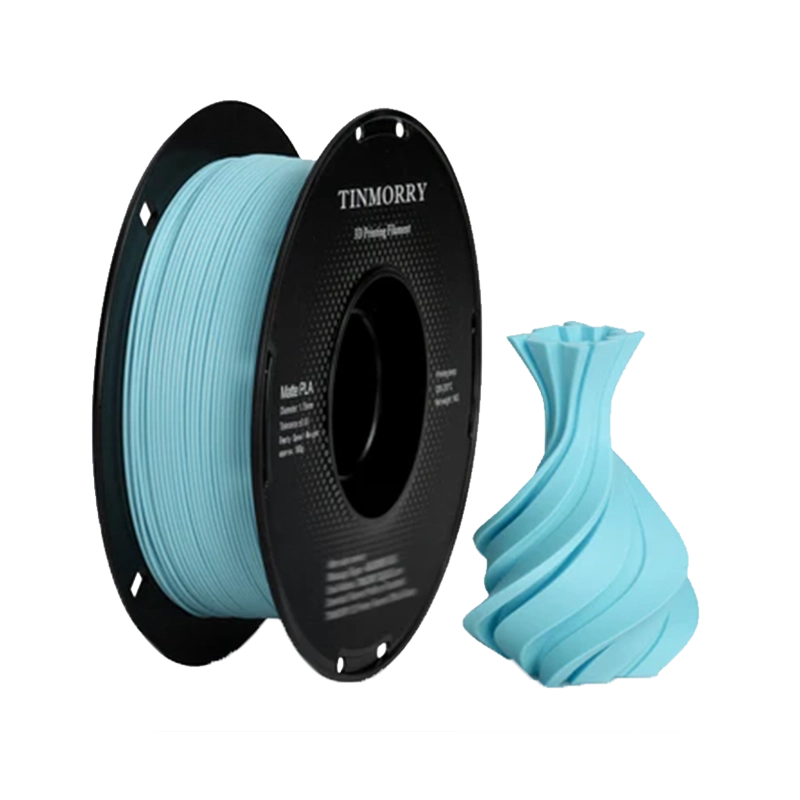
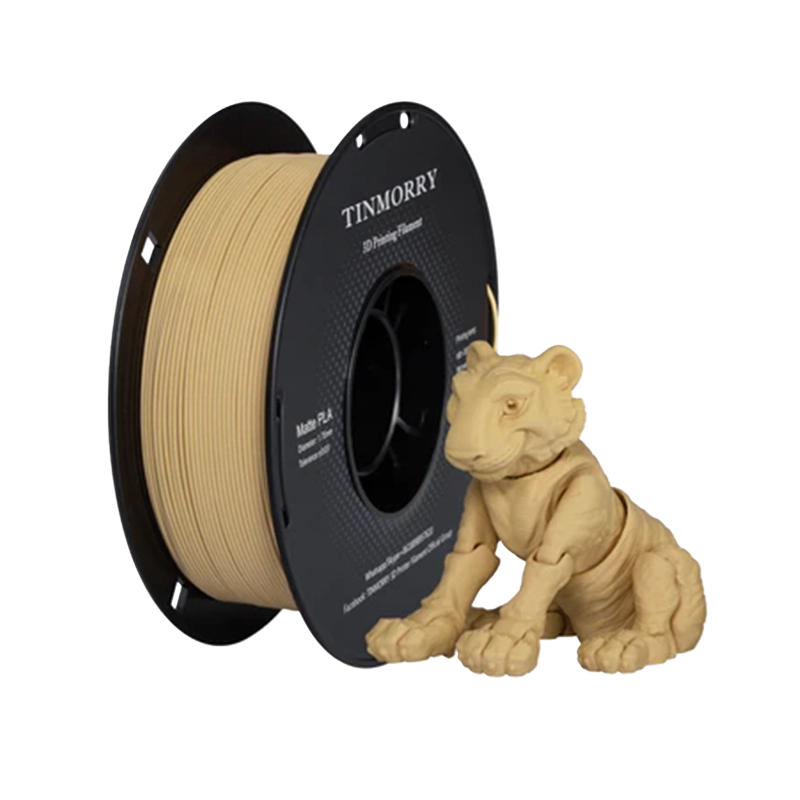
PLA-Matte
$6.80Per quantityTINMORRY’s PLA-Matte filament is the ideal choice for those seeking professional-grade prints with a refined, non-glossy finish. Combining the versatility of PLA filament with a high-quality matte surface, this filament is perfect for creating elegant, high-grade 3D printing models. Designed for ease of use and exceptional performance, TINMORRY’s 1.75 mm PLA filament delivers consistent results for beginners and experts alike.
For more information related to product and prices, please Click Here.



PLA-Silk
$6.50Per quantity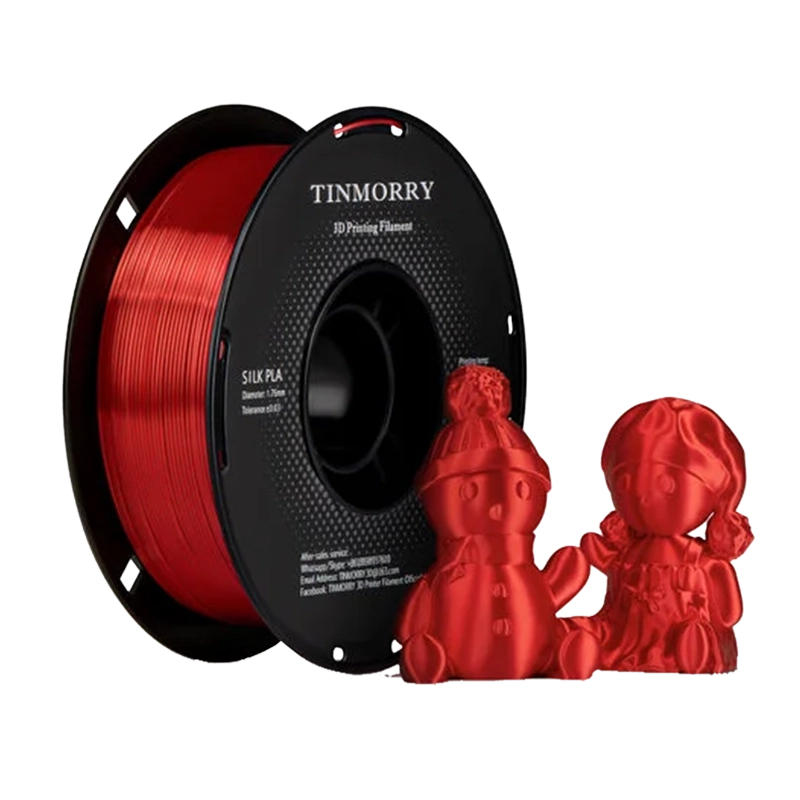
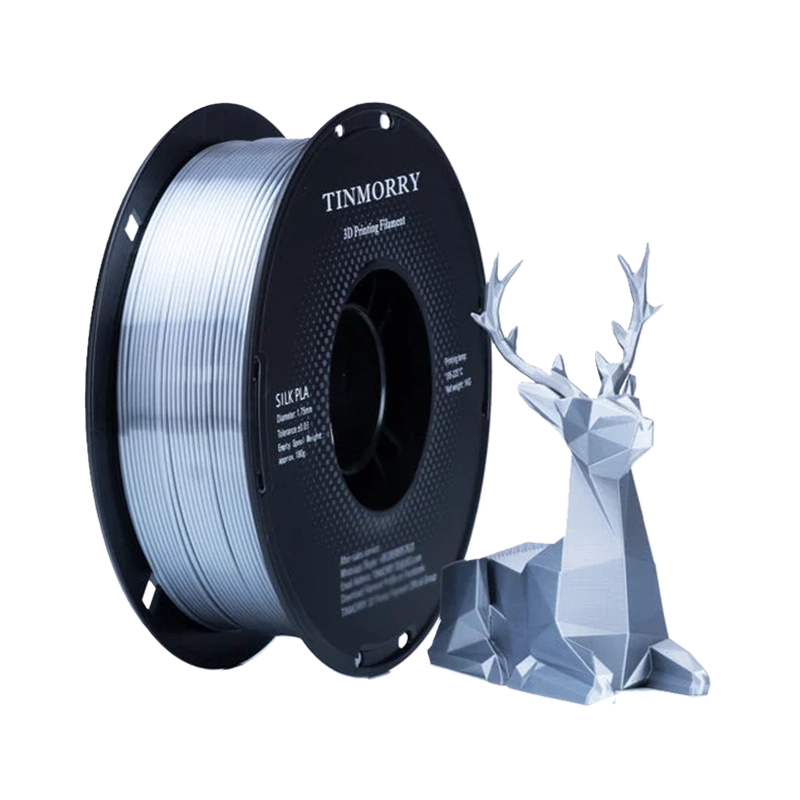
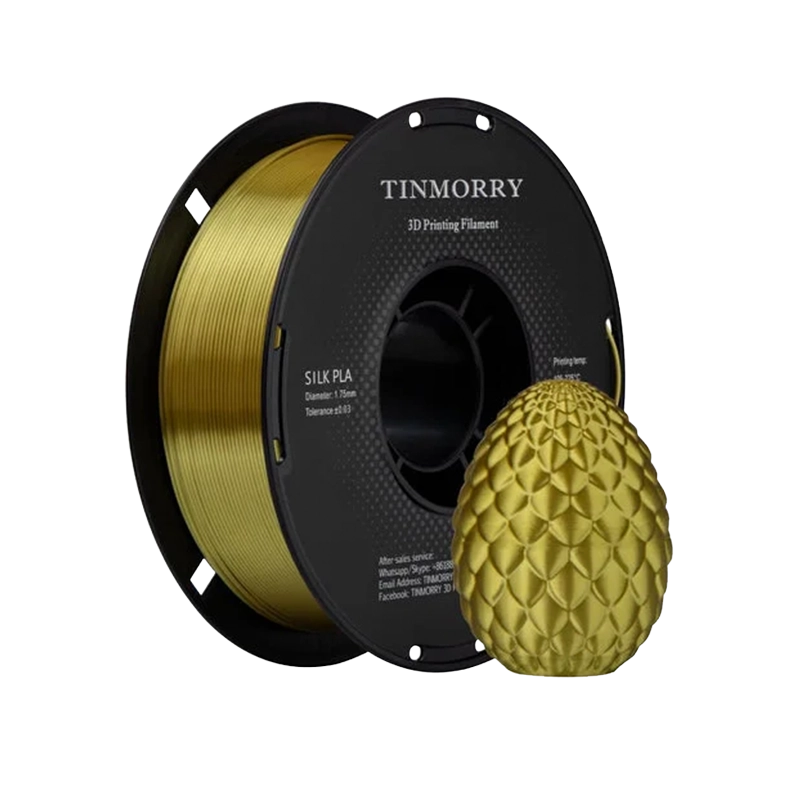
PLA-Silk
$6.50Per quantityTINMORRY’s PLA-Silk filament is an exceptional choice for those who want to combine the ease of PLA 3D filament with a luxurious silky finish. Designed for superior aesthetic appeal and reliable performance, TINMORRY’s 1.75 mm PLA filament delivers stunning, smooth prints that are ideal for decorative and artistic projects. Whether you’re a beginner or an experienced maker, this filament enhances your 3D printing experience.
For more information related to product and prices, please Click Here.



PLA-CF Filament
$9.50Per quantity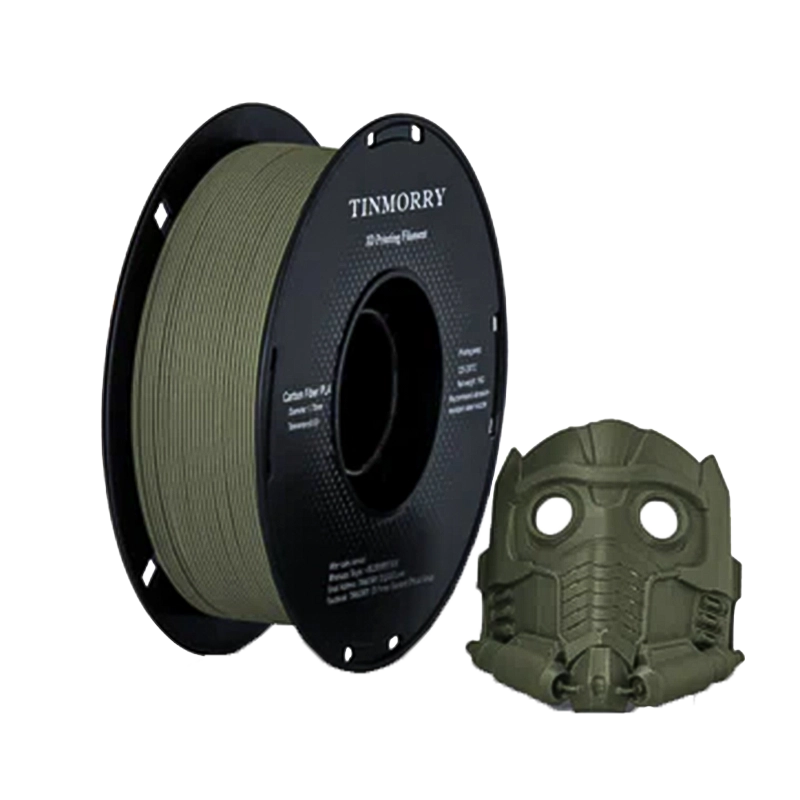
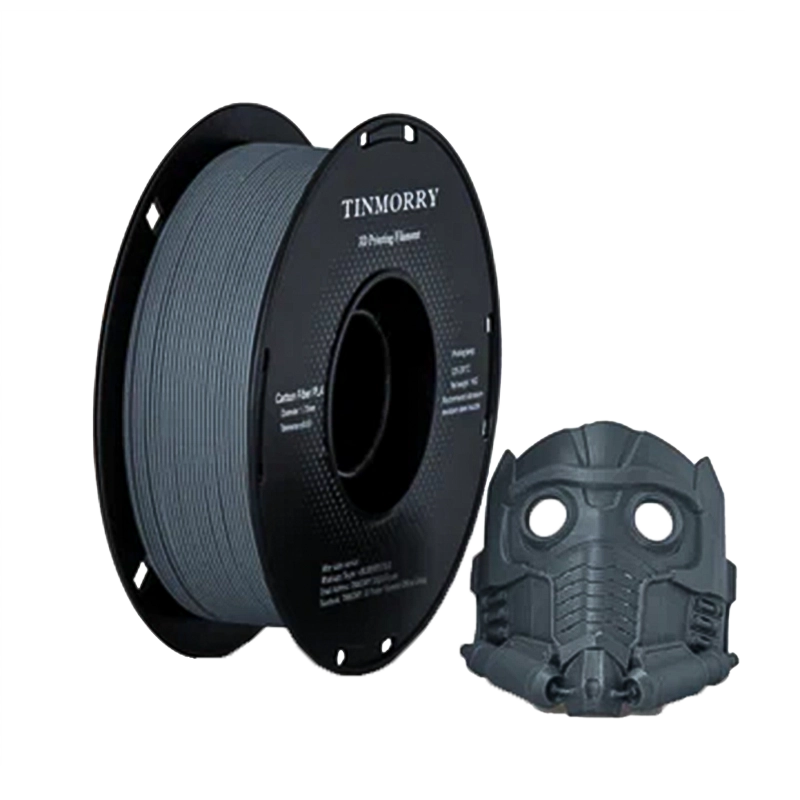
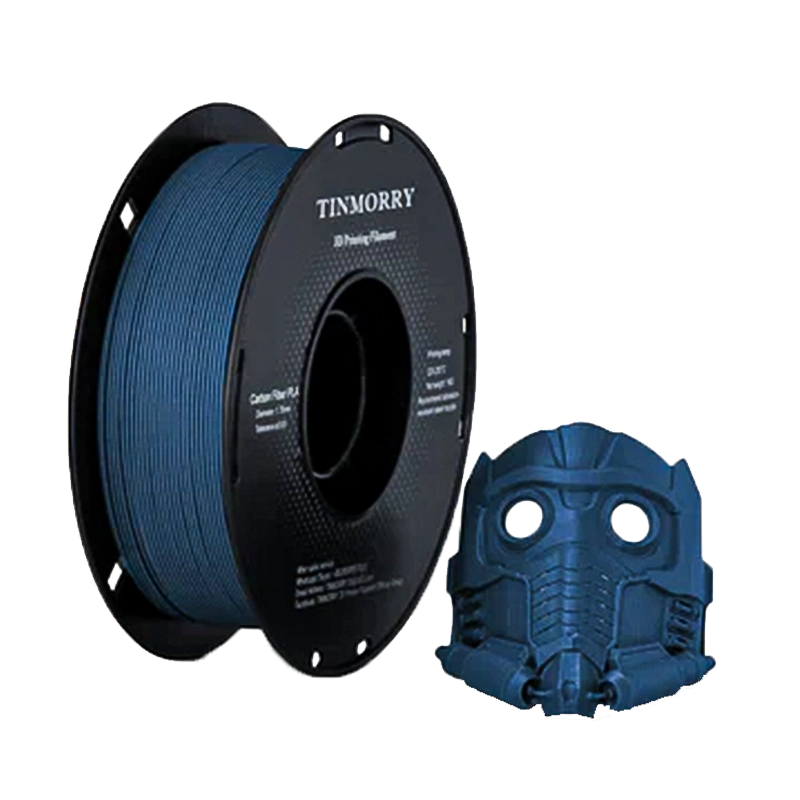
PLA-CF Filament
$9.50Per quantityTINMORRY’s PLA-CF filament is a high-performance material combining the versatility of PLA filament with the enhanced mechanical properties of carbon fibres. Infused with chopped carbon fibre, this advanced filament offers superior strength, stiffness, and a unique matte finish, making it perfect for applications that demand high-quality aesthetics and engineering-grade performance.
For more information related to product and prices, please Click Here.



PLA-Glow Green
$7.80Per quantity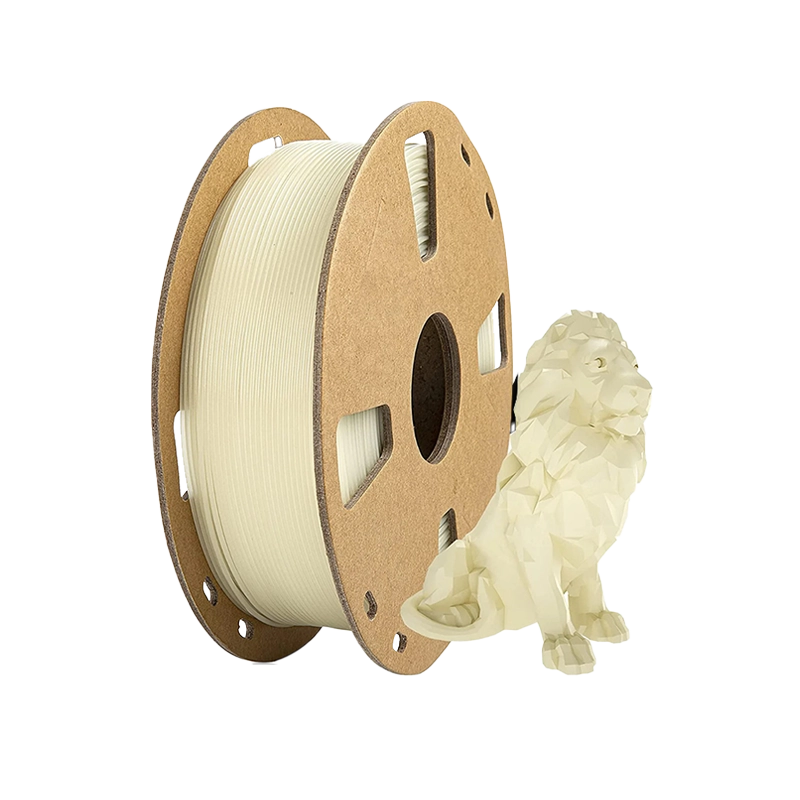
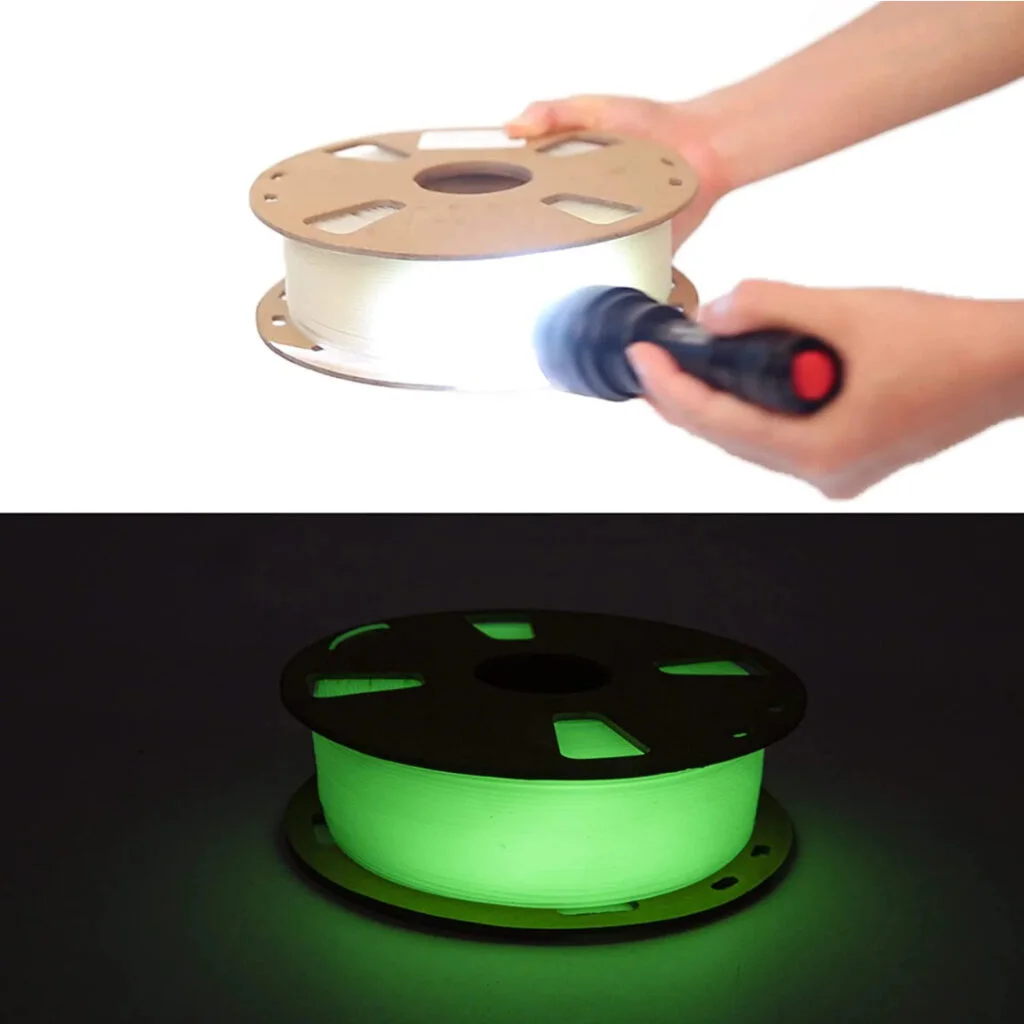
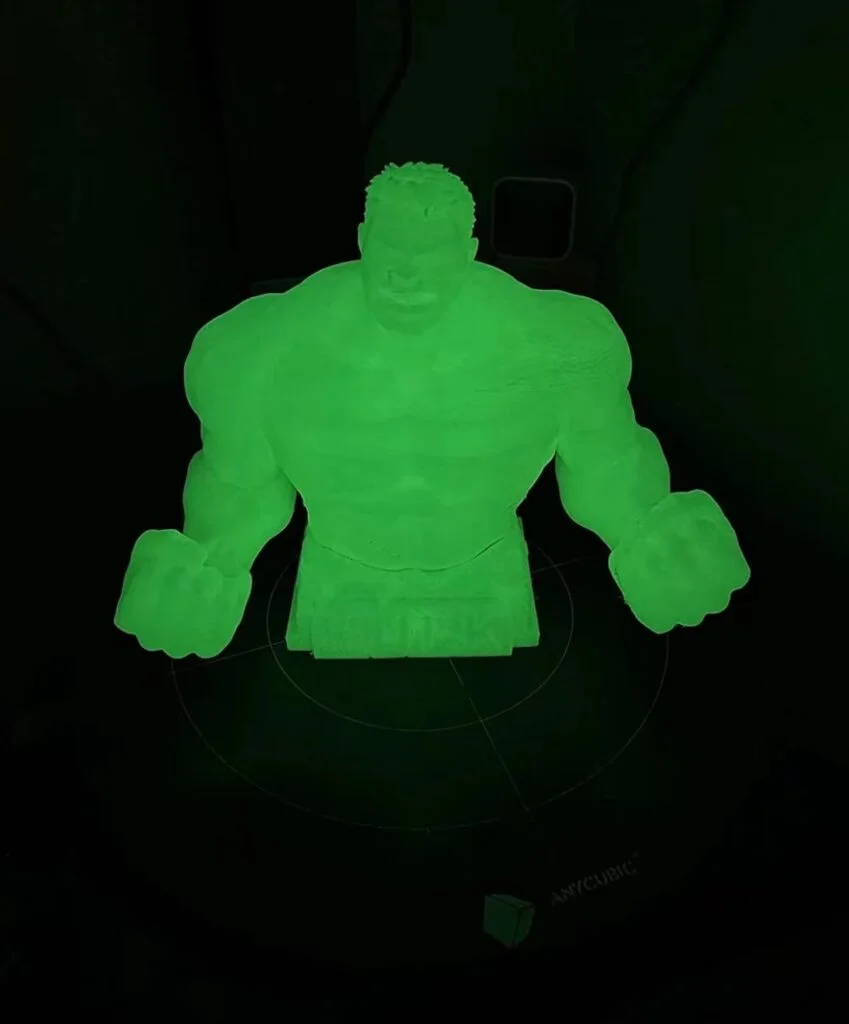
PLA-Glow Green
$7.80Per quantityTINMORRY’s PLA-Glow Green filament combines the superior performance of PLA 3D filament with an enchanting glow-in-the-dark effect. Designed for both functionality and aesthetics, this filament is perfect for creating striking models that shine in low-light environments. Infused with 20% glow powder, it absorbs light energy and emits a vivid green glow, making it ideal for creative and decorative 3D printing projects.
For more information related to product and prices, please Click Here.



Get In Touch





